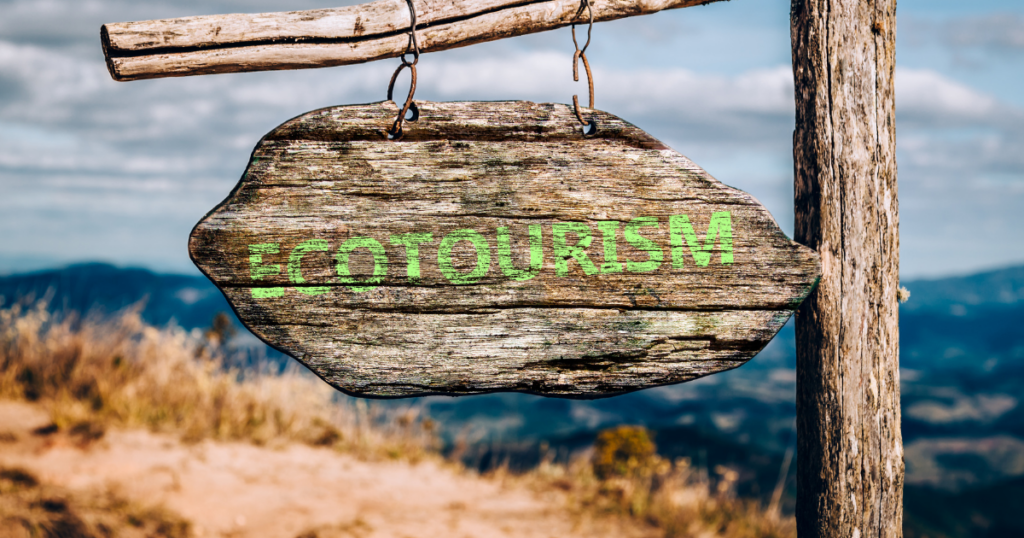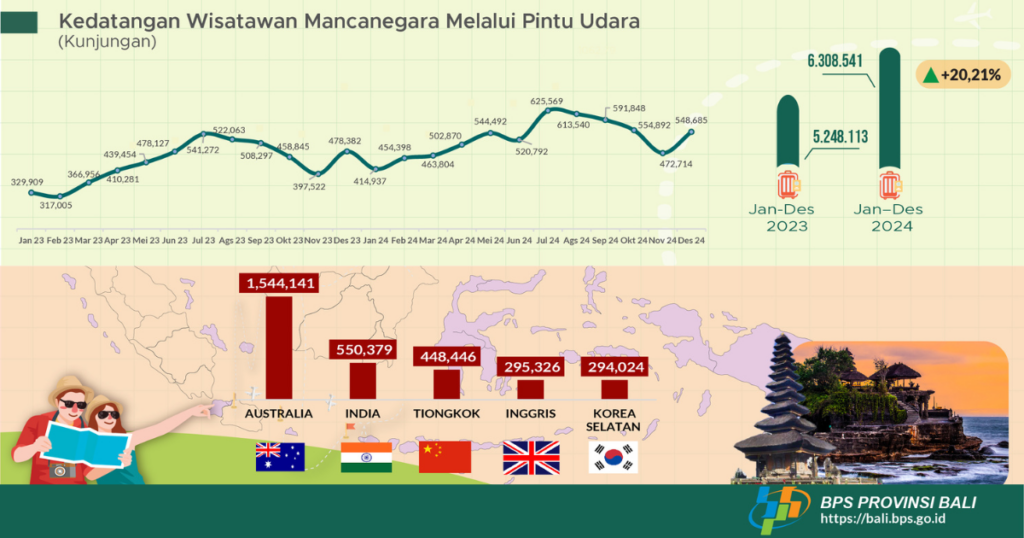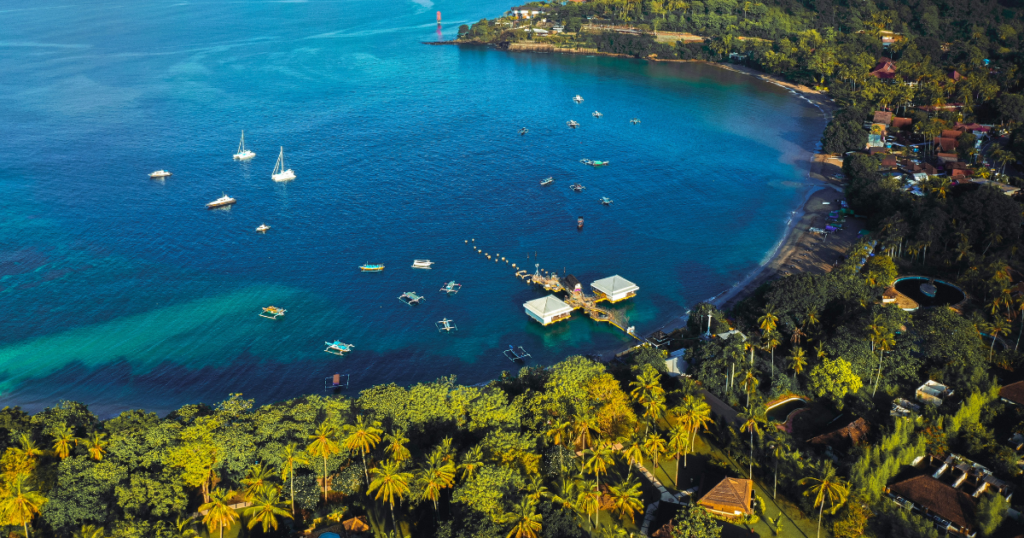ECOTOURISM EXPLAINED: A DEEP DIVE INTO IT’S IMPACT
Written by: Jodi Martin.
Date: 15 August 2025
Ecotourism is gaining popularity every year, as people become increasingly aware of environmental issues. After spending much of their lives in concrete jungles, many travelers now seek destinations where they can reconnect with nature. As a result, ecotourism, which first emerged as a niche segment in the late 1980s, has experienced steady growth and has boomed in recent years.
By definition, ecotourism, according to Fennell, “is a sustainable form of natural resource-based tourism that focuses primarily on experiencing and learning about nature… and should contribute to the conservation or preservation of such areas” (Fennell, 1999: 43, Ecotourism: An Introduction). Years later, in 2015, The International Ecotourism Society (TIES) refined this definition, describing it as “responsible travel to natural areas that conserves the environment, sustains the well-being of the local people, and involves interpretation and education” (TIES, 2015).

ECOTOURISM AND MASS TOURISM
Ecotourism is often referred to as eco-friendly tourism. In contrast, it stands in complete opposition to mass tourism, which can harm the environment. For instance, large corporations may clear mangrove forests to lay building foundations. By comparison, ecotourism seeks to benefit both nature and the indigenous people living in the area. Moreover, while conventional mass tourism often clashes with local culture and is perceived as insensitive, ecotourism prioritizes harmony with local traditions. Ultimately, mass tourism tends to favor stakeholders’ interests and profit, whereas ecotourism focuses on sustainability and community well-being.
Ecotourism Benefits
According to the UNWTO, ecotourism has five main characteristics:
- Creates motivation for tourists to observe and appreciate nature, as well as traditional cultures that thrive in natural areas.
- Should includes educational and interpretative elements to enrich the visitor experience.
- Is not dominated by large private companies. Where service providers should ideally be small, locally owned businesses.
- Minimizes negative impacts on both the natural environment and the local socio-cultural fabric.
- Gains support from communities, organizations, and authorities to maintain and protect natural areas used as attractions.
Put simply, ecotourism should provide job opportunities for local communities while creating environmental awareness among locals and tourists. These characteristics are also referred to as the principle of ecotourism.
 Photo by Elizeu Dias on Unsplash
Photo by Elizeu Dias on Unsplash
Benefits of choosing Ecotourism:
- Environmental conservation: encourages the protection of natural habitats and wildlife. Revenue generated from tourism can help protect endangered species, preserve biodiversity, and maintain the natural ecosystem.
- Education and awareness: Capable of raising awareness about environmental issues,allowing tourists to gain a deeper understanding of their surroundings.
- Cultural preservation: Protect its local cultures and traditions, allowing tourists to experience cultural practices or traditions passed down through countless generations.
- Climate change mitigation: Reduces carbon footprint by preservation of forests which can absorb and store carbon dioxide.
- Community empowerment and participation: Involving local participation in the decision-making about tourism development, fostering a sense of pride for locals and their cultural heritage.
GREENWASHING IN ECOTOURISM
 Photo by Nathan Cima on Unsplash
Photo by Nathan Cima on Unsplash
As tourists become more environmentally conscious, the tourism industry has embraced this trend. However, not all responses are genuine – leading to a practice called Greenwashing.
Greenwashing refers to when a company, or tourist service provider markets itself as environmentally friendly or sustainable, but in reality all those practices are nothing but a mask to attract naive tourists. It is the creation of an illusion of an eco-friendly brand without trying to implement ecotourism practices.
For example: A hotel may use diesel generators instead of investing in renewable energy sources like solar power , causing air pollution and carbon emissions. Another example is discharging waste water directly to rivers and oceans, harming marine life and polluting local water sources. Yet these businesses still advertise themselves as “eco-friendly” service providers.
GUIDE TO PRACTICE ECOTOURISM

Image by Martin Fuhrmann from Pixabay
If you are a tourist who wants to travel responsibly, here are some tips on how to practice ecotourism:
- Choose eco-friendly accommodations by selecting lodgings that prioritize sustainability. Whenever possible, look for certifications or labels that indicate strong environmental practices. For examples include EarthCheck, EcoLabel Luxembourg, Green Key, Green Globe Certification, and the Sustainable Tourism Education Program (STEP), among others.
- Support local businesses by buying from shops run by local or indigenous people. In doing so, you help strengthen the local economy while also reducing the environmental impact of imported goods.
- Conserve wildlife and natural habitats by observing animals from a safe distance and avoiding any disturbance to their natural behaviors. Additionally, stick to designated trails and refrain from touching or causing damage to the surrounding environment.
- Reduce waste by choosing reusable options. Also, bring a refillable water bottle, reusable bags, and containers to minimize single-use plastics. And if plastic use is unavoidable, make sure to dispose of it properly to prevent environmental harm.
- Use public transportation to reduce your carbon footprint and travel more responsibly. When renting a vehicle, opt for electric cars instead of diesel-powered ones to further minimize environmental impact.
- Respect local cultures by learning about and appreciating local customs and traditions. When engaging with locals, be respectful, considerate, and open-minded in your interactions.
Indonesia Ecotourism
Indonesia is one of the most biodiverse countries in the world. In recent years, tourism in the country has continued to grow, striving to balance conservation, culture, and community well-being. Nevertheless, tourism has also faced heavy criticism, notably in controversies such as mining activities in Raja Ampat and the tourist accident on Mount Rinjani.

Image from Kompas.com – Kemenhut
To strengthen sustainability efforts, Indonesia’s Ministry of Forestry and Ministry of Tourism signed a Memorandum of Understanding (MOU). Under this agreement, they discussed potential funding with the Zayed Foundation (UAE) and successfully secured USD 4.7 million to support conservation programs. During the signing, Minister of Forestry Raja Juli Antoni emphasized that Indonesia’s tourism must prioritize ecotourism over mass tourism, underscoring the importance of incorporating educational and cultural value into all tourism activities. By doing so, the country can ensure a sustainable future for its tourism industry.

Tourism Development of Bali Province, December 2024 – No.11/02/51/Th. XIX, 3 Februari 2025
Bali and Lombok
Destinations like Bali and Lombok highlight both the opportunities and challenges of ecotourism. Bali, for example, is renowned for its beaches, surfing, and its “eat, pray, love” allure. In 2024, it welcomed 6.3 million foreign tourists and 13.9 million domestic visitors — a significant 20% increase from 2023. However, this surge has placed immense pressure on infrastructure, water resources, and waste management systems.
To address these challenges, Bali has started to implement a tourism tax for $10 USD in 2024 to fund cultural preservation and environmental protection projects. Also, many businesses are now more aware, and are starting to adopt eco practices, like banning single-use plastics, promoting local resources, and reducing waste.
Its neighbor, Lombok, is starting to gain more attention as a quieter and greener alternative. Over the years Lombok has experienced steady growth, especially in the Mandalika region, which has now already become a Special Economic Zone (SEZ) for sustainable tourism development. Lombok aims to attract investment in eco-friendly resorts, renewable energy, and low impact activities like hiking and surfing. However, smart planning and community involvement is essential to protecting coastlines, marine biodiversity, and traditional communities, especially with large scale developments.
 Photo by Tandya Rachmat on Unsplash
Photo by Tandya Rachmat on Unsplash
Indonesia tourism illustrates both opportunities and risk. With thoughtful development and active community engagement, combined with stronger policy frameworks, destinations like Bali and Lombok have the potential to set an example. In doing so, they can lead the transformation of tourism into a powerful movement that promotes both ecological sustainability and cultural conservation.
CONCLUSION
Ecotourism is more than just a travel trend, it’s a movement that encourages exploring the world while respecting nature and communities. Bali and Lombok prove that tourism can support conservation, preserve culture, and create meaningful livelihoods when done responsibly.
However, ecotourism still faces challenges such as greenwashing, overcrowding, and the prioritization of profit over preservation. Moving forward, the future of sustainable tourism will depend on fostering an honest relationship between tourists, businesses, and governments. One built on a shared commitment to genuine improvement, not just the appearance of it.
Whether you’re planning your next trip or starting a tourism business, the point is simple. Travel with purpose, minimize your carbon footprint, and help protect the places, people, and wildlife that inspire you the most.
REFERENCE:
- What is Ecotourism – ecotourism.org
- 5 Unique Ecotourism Experiences in Indonesia – indonesia.travel
- The Difference Between Ecotourism and Sustainable Tourism – gstc.org
- 10 Top Ecotourism Destinations in the World – traveloka.com
- The Benefits of Ecotourism: A Sustainable Way to Travel – bharatvarshnaturefarms.com
- February 2024: ‘Ecotourism’ and How it Can Change the Way You Vacation – desh.nh.gov
- Ecotourism in Gran Canaria: The Solution to Mass Tourism and Turismophobia – climbo.rocks
- How To Spot and Avoid Greenwashing in Tourism – sustainabletravel.org
- How To Spot and Avoid Greenwashing in Tourism – cekindo.com
- Menhut dan Menpar Bahas Peningkatan Keselamatan di Destinasi Wisata Alam – detik.com
- Number of Foreign Visitor to Bali and Indonesia – bali.bps.go.id


